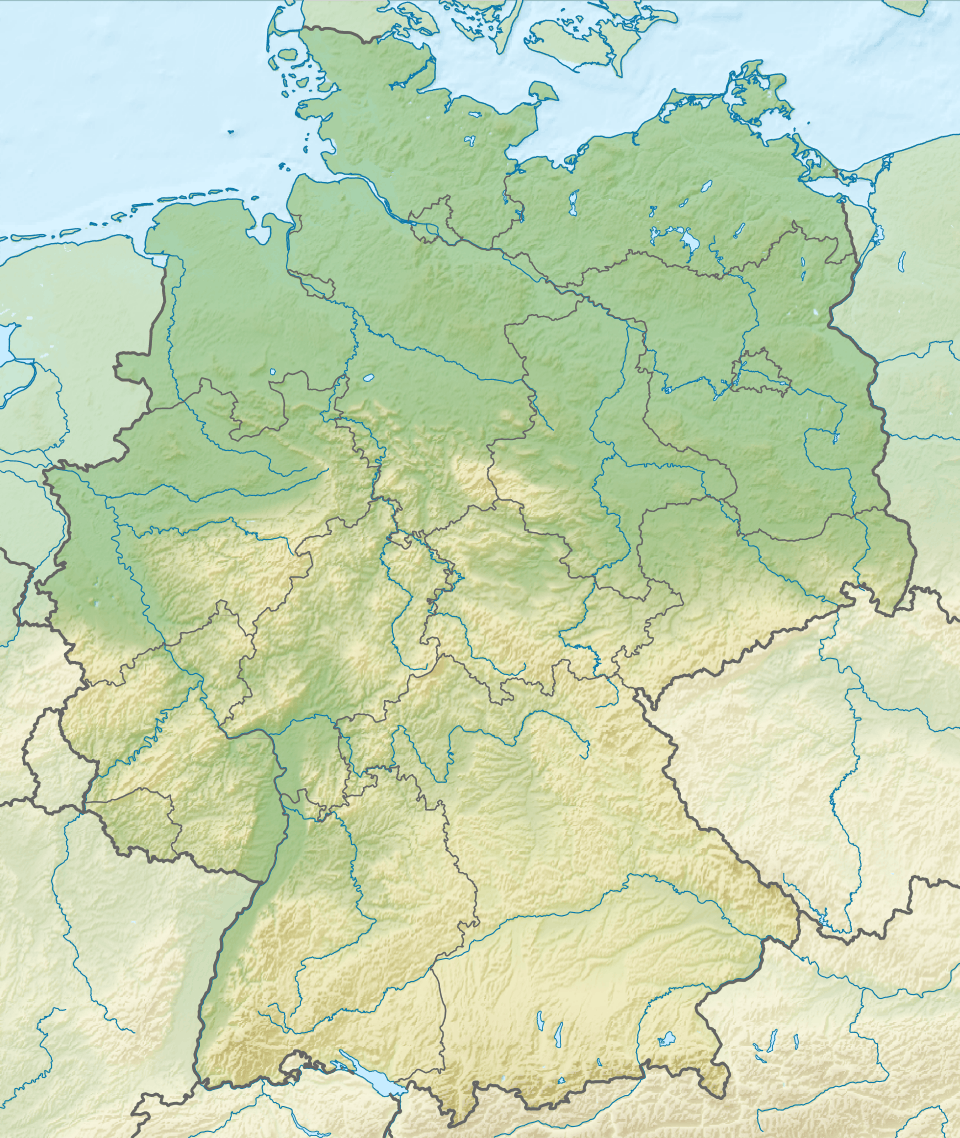Igel Column
The Igel Column (German: Igeler Säule) is a multi-storeyed Roman sandstone column in the municipality of Igel, Trier, Germany, dated to c. 250 AD. The column is the burial monument of the Secundinii cloth merchant family.[1]
| UNESCO World Heritage Site | |
|---|---|
 | |
| Location | Igel, Trier, Rhineland-Palatinate, Germany |
| Part of | Roman Monuments, Cathedral of St Peter and Church of Our Lady in Trier |
| Criteria | Cultural: (i), (iii), (iv), (vi) |
| Reference | 367-004 |
| Inscription | 1986 (10th session) |
| Coordinates | 49°42′33″N 6°32′58″E |
 Location of Igel Column in Rhineland-Palatinate  Igel Column (Germany) | |
Measuring 30 metres (98 ft) in height, it is crowned by the sculptural group of Jupiter and Ganymede.[2] The column includes a four-stepped base, a relatively low podium, topped by a projecting cornice, a storey, its flat Corinthian pilasters with decorated shafts, supporting an architrave, a sculptured frieze and a heavy cornice. The bas-reliefs feature a procession of six coloni, bringing various donations to the house of their master.[3] The coloni are received before the entrance to the atrium.[3] The donations consist of a hare, two fish, a kid, an eel, a rooster and a basket of fruit.[3]
The Igel Column is designated as part of the UNESCO World Heritage Site Roman Monuments, Cathedral of St. Peter and Church of Our Lady in Trier. It has been represented numerous time in paintings and drawings. A polychromed replica dominates the central courtyard of the Rheinisches Landesmuseum Trier.
 Back of the column
Back of the column Central relief
Central relief- Detail top
 Joan Blaeu, 1649
Joan Blaeu, 1649 Engraving by William Pars, 1783
Engraving by William Pars, 1783 Polychromed replica in the Rheinisches Landesmuseum Trier
Polychromed replica in the Rheinisches Landesmuseum Trier
| Wikimedia Commons has media related to Igel Column. |
References
- "Igel Column". Trier-info.de. Retrieved 2 November 2013.
- Wightman, Edith (1985). Gallia Belgica. University of California Press. p. 175. ISBN 0520052978.
- Rostovtzeff, M. (1927). A History of the Ancient World: Rome. Biblo & Tannen Publishers. p. 330. ISBN 0819621633.